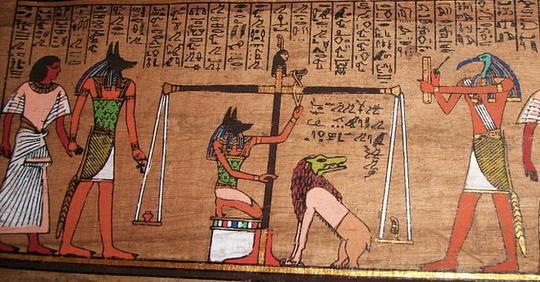Moving into an old house brings the thrill of potential discoveries. Hidden treasures have been unearthed in various nooks and crannies, such as walls, basements, attics, and floorboards. An intriguing antique relic recently emerged from a century-old home: a vintage marble razor blade sharpener that defies conventional expectations.
Confused With A Toy
Bearing a striking resemblance to a popular children's toy from the 1960s and 70s, this antique artifact has often been confused with "Clackers." Consequently, there has been considerable debate about the true origin of this enigmatic item. However, it's important to note that while Clackers were crafted from string and plastic acrylic balls, this antique relic comprises two glass marbles affixed to a wooden or metal base with a steel rod.
Now, you might be wondering about the function of this vintage razor blade sharpener. As its name suggests, it served as a tool for honing razor blades in the 1930s. While the historical background of this antique treasure remains somewhat elusive, its intricate design highlights the exceptional craftsmanship that characterized handcrafted items of that era. It serves as a beautiful reminder of a bygone era, showcasing the artistry rarely encountered in contemporary objects.
Many Phases of Shaving

Throughout the annals of history, the act of shaving has undergone a fascinating evolution. Razors have transitioned from rudimentary tools such as clamshells and shark teeth to sophisticated, all-inclusive kits featuring hefty metal implements, and finally to today's ubiquitous disposable 4-5 bladed razors and electric shavers. Once a symbol of opulence and prestige, shaving is now a routine practice for a vast majority of men and women. Historians trace the origins of this practice back to around 4000 BCE, if not earlier. Evidence can be found in ancient cave paintings depicting shaving with the aid of shells and sharpened flint. Furthermore, solid gold and copper razors have been unearthed in the tombs of ancient Egyptians, attesting to the long-standing tradition of grooming and personal care.
With the increasing popularity of shaving, there have been innovative developments that have introduced additional blades to a single razor, incorporating designs focused on safety and precision.
Filling an Important Role

Despite its apparent obsolescence, the vintage marble razor blade retains its practicality and elegance. It remains a valuable tool, capable of sharpening not only knives but also straight-edged razors. What sets it apart is its user-friendliness; unlike modern sharpeners, which may develop irregularities and rough edges over time, this razor sharpener maintains its polished surface, guaranteeing a consistent and even sharpening from tip to base. To use it, one need only glide the blade between the two marbles a few times, ensuring that knives and razors remain finely honed.
Notably, this artifact enjoys popularity among antique collectors and historians who have an affinity for exquisitely crafted implements from bygone eras. Although information about it is somewhat limited, numerous Reddit users have stumbled upon the vintage marble razor blade sharpener tucked away in old boxes in garages and other unexpected places. Many have posed queries about its identity, eliciting informative, and occasionally humorous, responses from fellow enthusiasts.

"I knew this one! My grandfather told me stories of selling these door to door when he was young during the Great Depression. They don't really work at all, but he said he would have a new blade palmed and ask the customer for one of their old blades to demonstrate – he'd swap in the fresh blade to show what a good job it did, and then take off quick after a sale!" One commented.
"It's called a Kenberry blade sharpener. this is the only image i can find that proves that. they didn't work that well, so a bunch of people had them laying around and put it to different uses." Said another.
Concurrently, an alternative function for the tool was proposed. "Not a razor blade sharpener. It is a holder for a dish towel. It goes on a cabinet handle. The towel slides in and out very easily. This one was my grandmother's. She sold them in her grocery store back in the 60's. (next to the dish towels.)"
Due to the tool's antiquity, determining its precise intended use can be challenging. Nevertheless, it stands as a splendid testament to the craftsmanship of a bygone era and, if nothing else, serves as an exceptional conversation starter.



